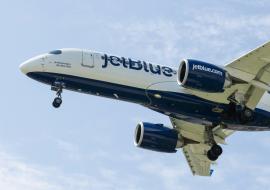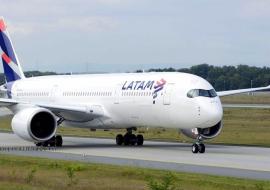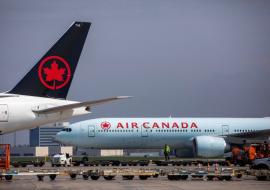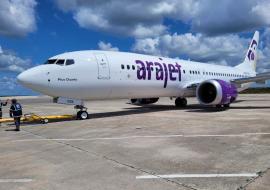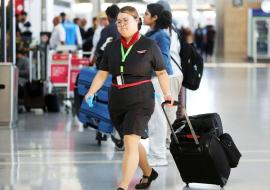IATA Proposes Aviation Industry Strategy for Latin America


The International Air Transport Association (IATA) announced an industry strategy for profitable growth in Latin American aviation. “Profitable growth requires that all aviation stakeholders in Latin America -- airlines, airports and infrastructure providers -- work with a common vision to achieve our priorities: safety, security, cost reduction, environmental responsibility and liberalization,” said Giovanni Bisignani, IATA’s director general and CEO in the opening address of the Wings of Change conference in Santiago, Chile.
Bisignani said that the region stands out today, delivering $800 million of profit in both 2009 and 2010, a “remarkable achievement” in the current climate.
However, he said that that success is based on a few countries and ITA wants to spread this success more broadly across the region. Bisignani said that Latin America has to set five priorities: safety, security, charges and taxation, the environment and liberalization. Latin America aviation had no accidents involving Western-built jet aircraft in 2009 which is an enormous improvement from the 2.6 accidents per million flights recorded in 2008.
Bisignani said that the Caribbean and Nicaragua recently proposed new tourism taxes. Chile, Ecuador, Uruguay and Mexico already contravene the Chicago Convention by taxing international fuel uplift. Latin America will take a leading role in the global response to climate change as Mexico hosts COP-16 at the end of the year.
The aviation industry (airlines, airports, air navigation service providers and manufacturers) remains committed to stabilizing emissions with carbon neutral growth from 2020 and cutting emissions in half by 2050 compared to 2005.
Bisignani said that the Latin American industry has led the way with the development of cross border brands which have become some of the region’s strongest players. Now governments must catch-up by liberalizing the bilateral systems’ archaic restrictions on ownership and market access.







